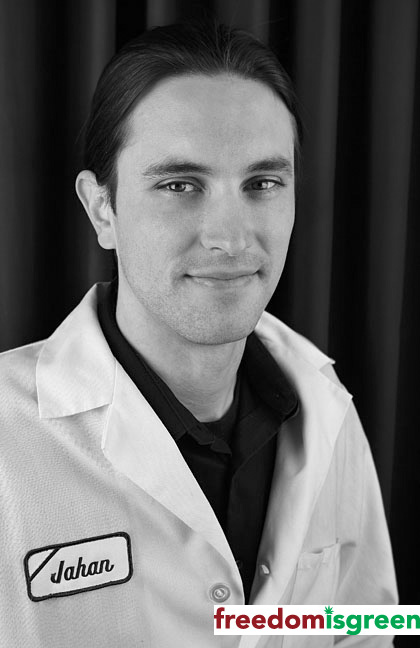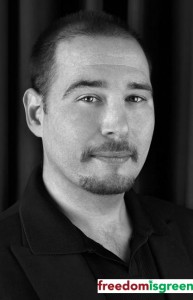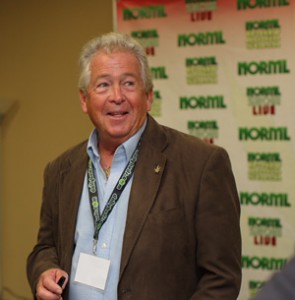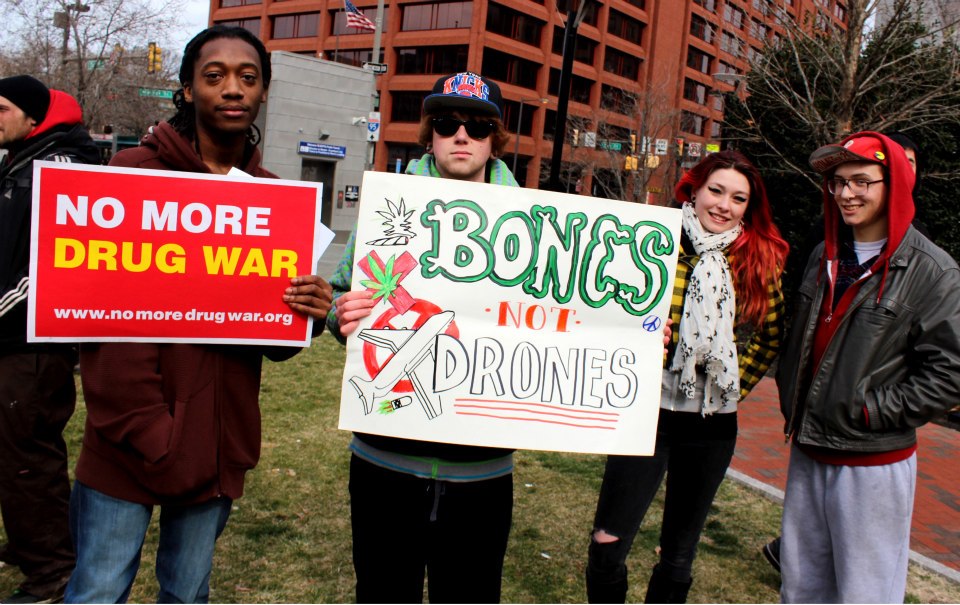
Just because you’re buzzed doesn’t mean life stops being annoying. In a perfect world, we’d beam ourselves to a hassle-free planet and ride unicorns and eat marshmallow pies all day.
Until then, we must deal with these 10 buzz kills:
1. Cops
The uniform, the car, the militaristic attitude…goodbye buzz, hello “Can you step out of the vehicle?” (If you’re lucky, it’s a stripper cop and it’s all a great big joke with a sexy ending.)
2. Losing Stuff
My friend Lisa had a rule of thumb: get everything ready before you get stoned. Everything. If you wait until after, you will search endlessly for your keys, phone or general purpose in life. And never find it…never find it.
3. Frigid Temperatures
When I was a flannel-wearing teen lass, I used to hang out at an arcade in South Jersey. Our long-haired gang would pop into the woods on an icy winter’s night to light up. We’d all wonder why we didn’t feel high…until we went back into the arcade and our high would thaw out, just like magic! Head magic.
4. The Rambler
Nothing can be more deadly to a perfectly good high than the Rambler, who starts a story with no intentions of ending it. And because you’re high, you can’t muster up the energy to interject. So instead, you get sucked in, deeper and deeper. Soon your buzz has been bored right the hell out of you, never to return. (The Lecturer has a similar effect.)
5. Your Mother
Okay, some of you get high with your mom and she’s so cool and blah, blah, blah. But parents are similar to cops; you feel like you’ve done something wrong by merely being in their presence. They’re judging, watching all the time. And don’t you forget it.
6. A Blow to the Head
Once during a party I got hit on the head by a lamp while pulling my coat out of the closet. Boom – high completely gone. Fucking lamp.
7. Monsters
They’re fun in the movies but when they are in your living room, they are unpredictable, angry and messy (because of the green goo). They also will eat your weed and projectile vomit it back up, which isn’t pleasant and a waste of perfectly good weed.
8. Dental Work
I thought it would be a good idea to smoke a little prior to some extensive dental work I had years back. Unfortunately, it just heightened the torturous sensations. Pretty soon, I thought the dentist had it out for me like Olivier in Marathon Man. My buzz was literally drilled out of my head.
9. Existential Angst
There is no god. You are all alone. The people are laughing at you and you look ridiculous. The world feels dry, chalky and desolate and you’re the only scrap of humanity left. The best you can do is listen to some Pink Floyd and embrace the painful truth. Cheetos may help but I make no guarantees.
10. Alien Abduction
I know, it depend on the alien, of course. Some aliens are totally down for a good time but others are into naval probing and mind melding. I find the smaller, ET-style aliens are much more easy going than the ones with the two rows of teeth.
So watch out for buzz kills. Life is short and highs aren’t cheap. Remember: you can always just walk away…even from the cops. Especially from the cops. Go do your own thing. Create your own world. Screw everyone else. Marshmallow pies await you, my friend.

Beth Mann is a popular blogger and writer for Open Salon and Salon. She is also an accomplished artist with over 15 years of experience, as well as the president of Hot Buttered Media. She currently resides at the Jersey shore where she can be found surfing or singing karaoke at a local dive bar.
Contact: maryjane {at } freedomisgreen.com








